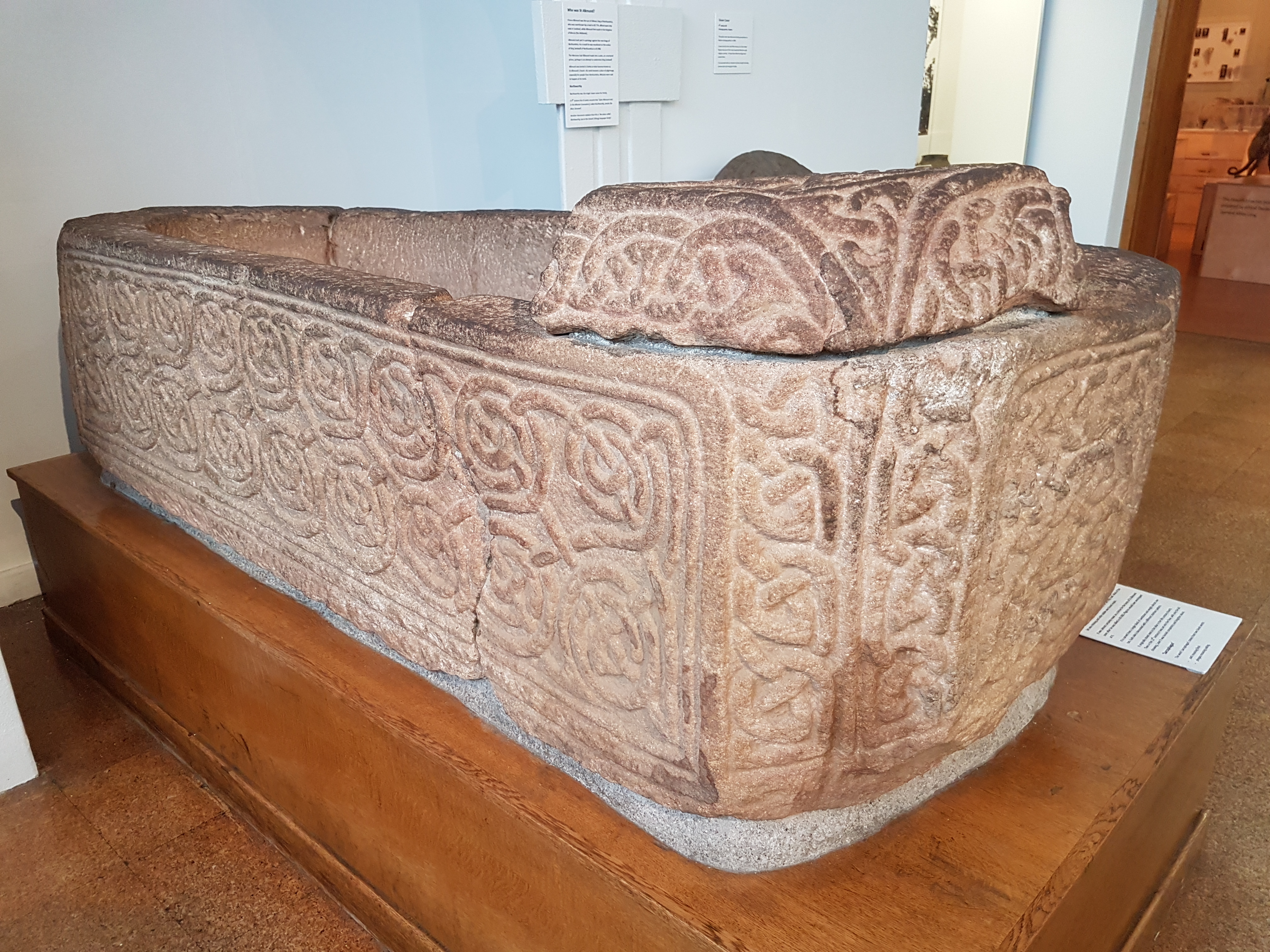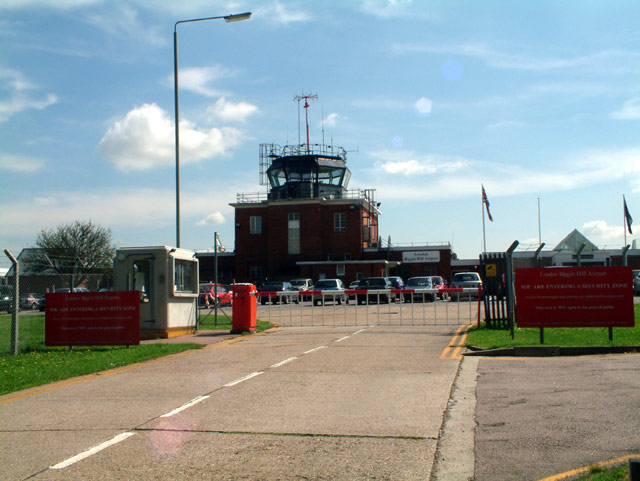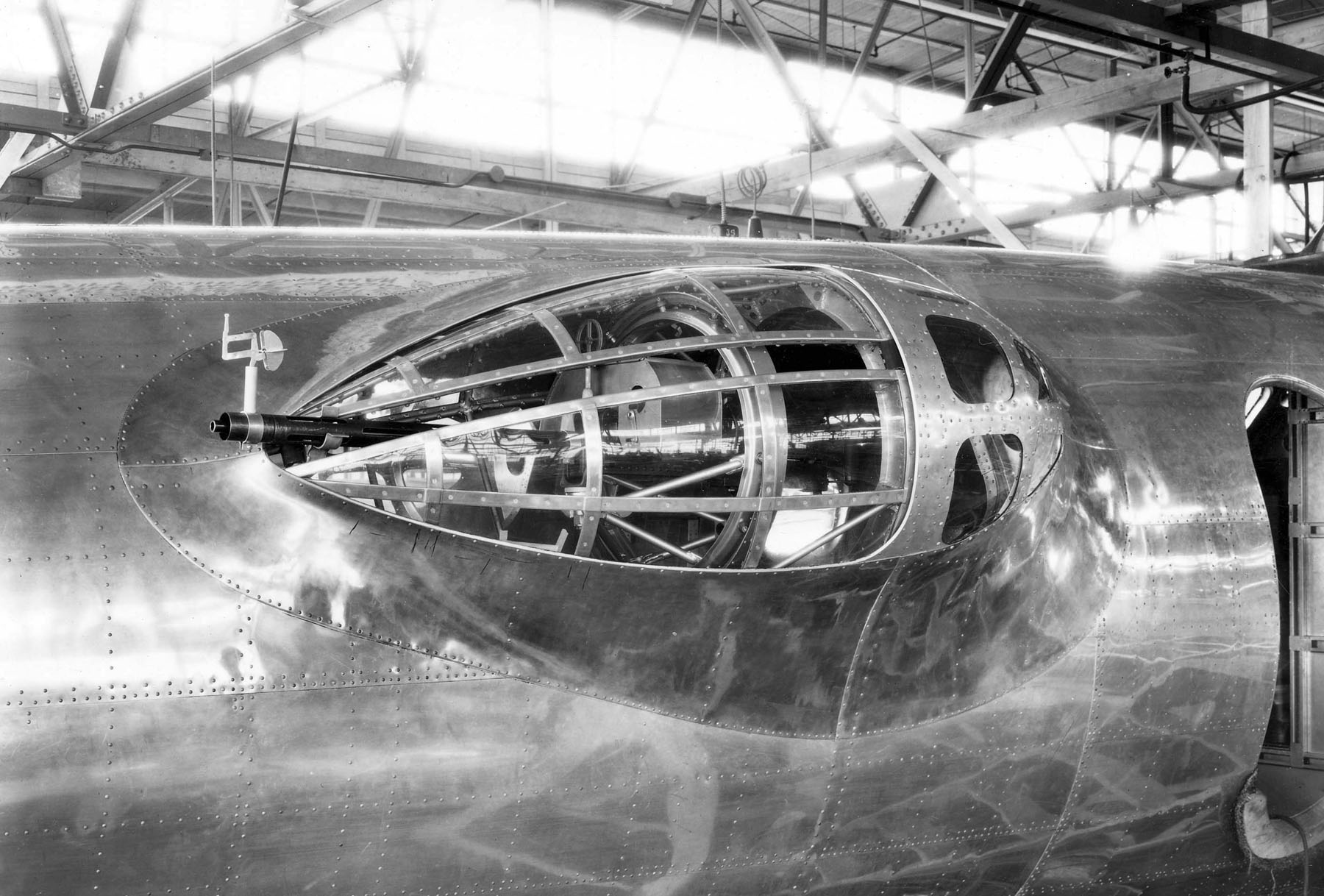|
Lod Airbase
Lod Airbase, also Air Force Base 27, was an Israeli Air Force (IAF) airbase that was part of the Ben Gurion International Airport, located approximately north of Lod; east-southeast of Tel Aviv. From 1938 to 1948 it was known as RAF Lydda while under British Royal Air Force control. History The Lydda Airport, built in 1934, was used by the Allies during World War II becoming RAF Lydda on 1 March 1943. After the Israeli declaration of independence in May 1948, it became an IAF airbase and the only international airport in the new state of Israel. The airbase part officially closed down on 2 August 2008, after its last units moved to Nevatim Airbase in the Negev. On the same airfield the Ben Gurion International Airport is still operating as the main airport of Israel. RAF Operational units * No. 14 Squadron RAF between 26 October and 4 November 1941 with the Bristol Blenheim IV * No. 33 Squadron RAF between 21 October 1938 and 24 April 1939 with the Gloster Gladiator I * ... [...More Info...] [...Related Items...] OR: [Wikipedia] [Google] [Baidu] |
Central District (Israel)
The Central District (, ''Meḥoz haMerkaz''; ) of Israel is one of Districts of Israel, six administrative districts, including most of the Sharon plain, Sharon region. It is further divided into four sub-districts: Petah Tikva, Ramla, Sharon, and Rehovot. The district's largest city is Rishon LeZion. The district's population as of 2017 was 2,115,800. According to the Israeli Central Bureau of Statistics, 88% of the population is Jewish, 8.2% is Arab, and 4% are "non-classified", being mostly Post-Soviet states, former Soviet Union immigrants of partial or nominal Jewish ethnic heritage or household members of Jews. Administrative local authorities Former municipalities Economy El Al, El Al Airlines maintains its corporate headquarters on the grounds of Ben Gurion Airport and in the Central District.Orme, William A. Jr. "El Al at a Turning Point; A Mirror of Israel's Divisions Prepares to Go 49% Public", ''The New York Times'' (5 March 1999), p. C1 (New York edition1 Retri ... [...More Info...] [...Related Items...] OR: [Wikipedia] [Google] [Baidu] |
Martin Baltimore
The Martin 187 Baltimore was a twin-engined light attack bomber built by the Glenn L. Martin Company in the United States as the A-30. The model was originally ordered by the French in May 1940 as a follow-up to the earlier Martin Maryland, then in service in France. With the fall of France, the production series was diverted to Great Britain and after mid-1941, supplied by the U.S. as Lend Lease equipment. Development of the Baltimore was hindered by a series of problems, although the type eventually became a versatile combat aircraft. Produced in large numbers, the Baltimore was not used operationally by United States armed forces but eventually served with the British, Canadian, Australian, South African, Hellenic and the Italian air forces. It was subsequently used almost exclusively in the Mediterranean and Middle East theatre of World War II. Design and development Initially designated the A-23 (derived from the A-22 Martin 167 Maryland design), the Model 187 (company de ... [...More Info...] [...Related Items...] OR: [Wikipedia] [Google] [Baidu] |
Shrewsbury
Shrewsbury ( , ) is a market town and civil parish in Shropshire (district), Shropshire, England. It is sited on the River Severn, northwest of Wolverhampton, west of Telford, southeast of Wrexham and north of Hereford. At the 2021 United Kingdom census, 2021 census, the parish had a population of 76,782. It is the county town of the ceremonial county of Shropshire. Shrewsbury has Anglo-Saxons, Anglo-Saxon roots and institutions whose foundations, dating from that time, represent a cultural continuity possibly going back as far as the 8th century. The centre has a largely undisturbed medieval street plan and over 660 Listed buildings in Shrewsbury, listed buildings, including several examples of timber framing from the 15th and 16th centuries. Shrewsbury Castle, a red sandstone fortification, and Shrewsbury Abbey, were founded in 1074 and 1083 respectively by the Normans, Norman Earl of Shrewsbury, Roger de Montgomery. The town is the birthplace of Charles Darwin. It has ... [...More Info...] [...Related Items...] OR: [Wikipedia] [Google] [Baidu] |
List Of North African Airfields During World War II
` This is a partial list of British Landing Grounds (LG) In North Africa, used during World War II. There are over 250 known LGs. Not all of these were active airfields; some were depots, some were repair stations, and some were decoys. Some are still in use, and some were moved and upgraded by Americans to handle heavy bombers. LG-176 through LG-186 were also numbered LG 1 through 10. Landing grounds 001-099 100-186 201-251 Other landing grounds Evidently assigned by other commands: * Bir Terfawi * Eight Bells Hills * LG 416 Deir ez-Zor Airport * LG 426 Tadmur Airport * LG 500 ? * LG 598 Kufra west * Big Carin Airfields in Palestine Mandate See also * Desert Air Force * Advanced Landing Ground * List of former Royal Air Force stations * List of Royal Air Force aircraft squadrons * Western Desert Campaign * Operation Crusader * First Battle of El Alamein * Frontier Wire (Libya) * Long Range Desert Group * Tragedy at Kufra References Citations Bibliograph ... [...More Info...] [...Related Items...] OR: [Wikipedia] [Google] [Baidu] |
List Of Former Royal Air Force Stations
This list of former RAF stations includes most of the stations, airfields and administrative headquarters previously used by the Royal Air Force. They are listed under any former county or country name which was appropriate for the duration of operation. During 1991, the RAF had several Military Emergency Diversion Aerodrome (MEDA) airfields: RAF Kinloss, Leeming, Valley, Waddington, Wattisham & Lyneham ended their role from 1 March 1991, leaving Brize Norton, Manston, Leuchars and St Mawgan with the role. __TOC__ British Isles Chain Home, Chain Home Low, Chain Home Extra Low, ROTOR and tropo-scatter stations Notes: Some of the Chain Home Low sites were co-located with the larger Chain Home radars. Chain Home Extra Low equipment was co-located with "Chain Home" and "Chain Home Low" as well as at separate sites, but were of a less permanent nature, usually with mobile equipment. ROTOR was the post war Radar interception system created from existing radar installatio ... [...More Info...] [...Related Items...] OR: [Wikipedia] [Google] [Baidu] |
Egypt
Egypt ( , ), officially the Arab Republic of Egypt, is a country spanning the Northeast Africa, northeast corner of Africa and Western Asia, southwest corner of Asia via the Sinai Peninsula. It is bordered by the Mediterranean Sea to northern coast of Egypt, the north, the Gaza Strip of Palestine and Israel to Egypt–Israel barrier, the northeast, the Red Sea to the east, Sudan to Egypt–Sudan border, the south, and Libya to Egypt–Libya border, the west; the Gulf of Aqaba in the northeast separates Egypt from Jordan and Saudi Arabia. Cairo is the capital, list of cities and towns in Egypt, largest city, and leading cultural center, while Alexandria is the second-largest city and an important hub of industry and tourism. With over 109 million inhabitants, Egypt is the List of African countries by population, third-most populous country in Africa and List of countries and dependencies by population, 15th-most populated in the world. Egypt has one of the longest histories o ... [...More Info...] [...Related Items...] OR: [Wikipedia] [Google] [Baidu] |
Consolidated B-24 Liberator
The Consolidated B-24 Liberator is an American heavy bomber, designed by Consolidated Aircraft of San Diego, California. It was known within the company as the Model 32, and some initial production aircraft were laid down as export models designated as various LB-30s, in the Land Bomber design category. At its inception, the B-24 was a modern design featuring a highly efficient shoulder-mounted, high aspect ratio Davis wing. The wing gave the Liberator a high cruise speed, long Range (aeronautics), range and the ability to carry a heavy Aerial bomb, bomb load. In comparison with its contemporaries, the B-24 was relatively difficult to fly and had poor low-speed performance; it also had a lower Ceiling (aeronautics), ceiling and was less robust than the Boeing B-17 Flying Fortress. While Aircrew#Military, aircrews tended to prefer the B-17, General Staff favored the B-24 and procured it in huge numbers for a wide variety of roles. At approximately 18,500 units – including 8,68 ... [...More Info...] [...Related Items...] OR: [Wikipedia] [Google] [Baidu] |
Boeing B-17 Flying Fortress
The Boeing B-17 Flying Fortress is an American four-engined heavy bomber aircraft developed in the 1930s for the United States Army Air Corps (USAAC). A fast and high-flying bomber, the B-17 dropped more bombs than any other aircraft during World War II, used primarily in the European Theater of Operations, United States Army, European Theater of Operations. It is the List of most-produced aircraft, third-most produced bomber in history, behind the American four-engined Consolidated B-24 Liberator and the German multirole, twin-engined Junkers Ju 88. The B-17 was also employed in transport, anti-submarine warfare, and search and rescue roles. In a USAAC competition, Boeing, Boeing's prototype Model 299/XB-17 outperformed two other entries but crashed, losing the initial 200-bomber contract to the Douglas B-18 Bolo. Still, the Air Corps ordered 13 more B-17s for further evaluation, which were introduced into service in 1938. The B-17 evolved through numerous Boeing B-17 Flyin ... [...More Info...] [...Related Items...] OR: [Wikipedia] [Google] [Baidu] |
B-17 Flying Fortress Units Of The United States Army Air Forces
This is a list of United States Army Air Forces B-17 Flying Fortress units of the United States Army Air Forces, including variants and other historical information. Heavy bomber training organizations primarily under II Bomber Command in the United States and non-combat units are not included. The B-17 Flying Fortress was perhaps the most well-known American heavy bomber of the Second World War (1939/41-1945). It achieved a fame far beyond that of its more-numerous contemporary, the Consolidated B-24 Liberator. The first pre-production Y1B-17 Fortress was delivered to the 2d Bombardment Group, Langley Field, Virginia on 11 January 1936; the first production B-17B was delivered on 29 March 1939, also to the 2nd Bombardment Group. A total of 12,677 production Fortresses was built before production came to an end. In August 1944, the Boeing B-17 equipped no less than 33 overseas combat groups. The last Boeing-built B-17G was delivered to the USAAF on 13 April 1945. Follo ... [...More Info...] [...Related Items...] OR: [Wikipedia] [Google] [Baidu] |
Lockheed Hudson
The Lockheed Hudson is a light bomber and coastal reconnaissance aircraft built by the American Lockheed Aircraft Corporation. It was initially put into service by the Royal Air Force shortly before the outbreak of the Second World War and primarily operated by it thereafter. The Hudson was a military conversion of the Model 14 Super Electra airliner, and was the first significant aircraft construction contract for Lockheed — the initial RAF order for 200 Hudsons far surpassed any previous order the company had received. The Hudson served throughout the war, mainly with Coastal Command but also in transport and training roles, as well as delivering agents into occupied France. It was also used extensively with the Royal Canadian Air Force's anti-submarine squadrons and by the Royal Australian Air Force. Design and development In late 1937 Lockheed sent a cutaway drawing of the Model 14 to various publications, showing the new aircraft as a civilian aircraft and co ... [...More Info...] [...Related Items...] OR: [Wikipedia] [Google] [Baidu] |
Vickers Wellington
The Vickers Wellington (nicknamed the Wimpy) is a British twin-engined, long-range medium bomber. It was designed during the mid-1930s at Brooklands in Weybridge, Surrey. Led by Vickers-Armstrongs' chief designer Rex Pierson, a key feature of the aircraft is its geodetic airframe fuselage structure, which was principally designed by Barnes Wallis. Development had been started in response to Air Ministry List Of Air Ministry Specifications, Specification B.9/32, issued in the middle of 1932, for a bomber for the Royal Air Force. This specification called for a twin-engined day bomber capable of delivering higher performance than any previous design. Other aircraft developed to the same specification include the Armstrong Whitworth Whitley and the Handley Page Hampden. During the development process, performance requirements such as for the tare weight changed substantially, and the engine used was not the one originally intended. Despite the original specification, the Wellingto ... [...More Info...] [...Related Items...] OR: [Wikipedia] [Google] [Baidu] |
Supermarine Spitfire
The Supermarine Spitfire is a British single-seat fighter aircraft that was used by the Royal Air Force and other Allies of World War II, Allied countries before, during, and after World War II. It was the only British fighter produced continuously throughout the war. The Spitfire remains popular among enthusiasts. Around List of surviving Supermarine Spitfires, 70 remain airworthy, and many more are static exhibits in aviation museums throughout the world. The Spitfire was a short-range, high-performance interceptor aircraft designed by R. J. Mitchell, chief designer at Supermarine Aviation Works, which operated as a subsidiary of Vickers-Armstrong from 1928. Mitchell modified the Spitfire's distinctive elliptical wing (designed by Beverley Shenstone) with innovative sunken rivets to have the thinnest possible cross-section, achieving a potential top speed greater than that of several contemporary fighter aircraft, including the Hawker Hurricane. Mitchell continued to refine ... [...More Info...] [...Related Items...] OR: [Wikipedia] [Google] [Baidu] |








